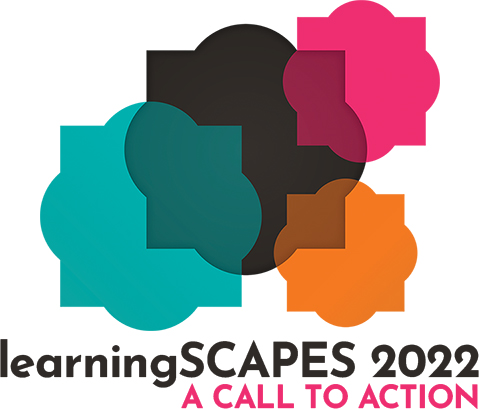 | 1 LU |
 | 1 LU |
How can we design and operate schools which not only save energy, resources, and money but actively engage and educate students in sustainability? Taking green schools beyond a physical shell to an active, dynamic green learning environment requires more than just an informational display or visible green building components. A holistic approach, driven by educators and building professionals, is needed to integrate sustainability into building design, curriculum, organizational culture, and a community. Only through this holistic integration is a building truly a teaching tool. This session will use case studies and recent research to define pedagogical principles, provide a framework for ‘buildings that teach’, and highlight their integrations with green building standards.
Learning Objectives:

Craig is the Executive Director of the Collaborative for High Performance Schools and a decarbonization expert specializing in the built environment, transportation, and climate policy. He has 15 years of experience as a green building educator and designer of net-zero energy buildings. Craig wrote his thesis on 'Buildings that Teach' for his Masters in Sustainable Design from Carnegie Mellon University. In addition, he served as a Climate Advisor to the Biden-Harris team.
The built and natural environments have profound impacts on our behaviors both for better and worse. How do we cultivate a sense of place for better? How might the built and natural environments be made to enhance teaching and learning? How might school buildings and grounds foster a sense of community by reflecting those they serve?
Primary Core Competency
Design of Educational Facilities: Acts as a resource to the design team in providing ongoing guidance and support to ensure that the emerging and ultimate design aligns with the established community vision, education goals, future programming, written design standards, best/next practices and education policy.